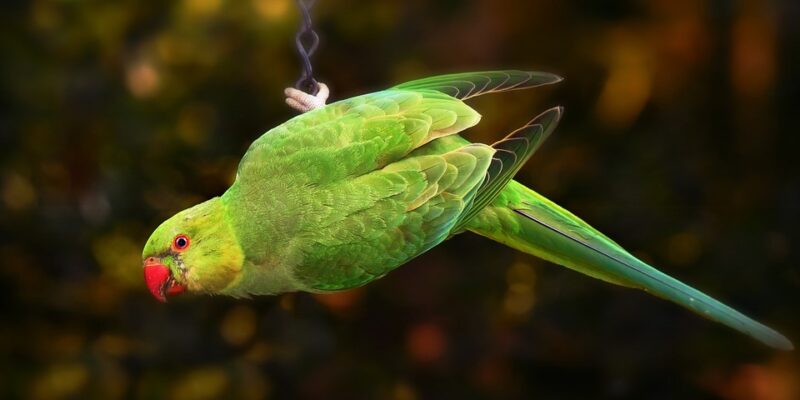Adaptations in Marine Life: How Creatures Adapt to Life Underwater
The Marine Environment
The marine environment is a unique and challenging habitat for living organisms. With high levels of salinity, pressure, and limited oxygen availability, marine life has evolved many adaptations to thrive in this harsh environment. From microscopic plankton to massive whales, marine creatures have developed specialized features that allow them to survive and reproduce in the oceans.
Physical Adaptations
One of the most obvious physical adaptations in marine life is the streamlined body shape that many marine animals possess. This shape reduces drag and allows for efficient movement through the water. Fish, sharks, and dolphins are all examples of marine organisms with streamlined bodies that help them swim quickly and effectively.
Another physical adaptation common in marine life is the presence of fins and flippers. These appendages help animals navigate through the water and maintain stability. The shape and size of fins can vary depending on the species and their specific needs. For example, the pectoral fins of a manta ray are large and wing-like, allowing them to glide gracefully through the water.
Respiratory Adaptations
Oxygen availability is limited in the marine environment, especially at greater depths. Many marine organisms have evolved specialized respiratory adaptations to extract oxygen from the water. Fish have gills that allow them to extract dissolved oxygen from the water as it passes over their respiratory surfaces. Some marine mammals, like whales and dolphins, have lungs and must come to the surface to breathe air.
Some marine creatures have developed unique respiratory adaptations, such as the lophophores of bryozoans, which are feather-like structures that filter out oxygen from the water. This adaptation allows these colonial organisms to extract oxygen efficiently from their surroundings.
Camouflage and Defense Adaptations
Many marine organisms have developed camouflage adaptations to blend in with their surroundings and avoid predators. For example, the octopus is a master of camouflage, able to change color and texture to match its environment. This helps it hide from predators and sneak up on prey.
Some marine creatures have developed defensive adaptations to protect themselves from predators. For example, the pufferfish can inflate its body with water or air to appear larger and more intimidating to potential threats. Other animals, like sea cucumbers, release toxic chemicals or eject body parts as a defense mechanism.
Reproductive Adaptations
Reproduction in the marine environment can be challenging due to the vast distances between individuals and the unpredictable nature of the ocean. Many marine organisms have developed specialized reproductive adaptations to increase their chances of successfully reproducing. Some marine animals, like sea turtles, return to the same nesting grounds year after year to lay their eggs. Others release large numbers of eggs or sperm into the water to increase the likelihood of fertilization.
Some marine creatures have unique reproductive strategies, such as the anglerfish, where the male is much smaller than the female and attaches himself to her body, essentially becoming a parasite. This adaptation ensures that when the female is ready to reproduce, the male is always available to fertilize her eggs.
Temperature Regulation Adaptations
The temperature of the ocean can vary greatly depending on location and depth. Many marine organisms have developed adaptations to regulate their body temperature and survive in different thermal environments. Some fish have specialized blood vessels that allow them to control their body temperature in cold water, while others have thick layers of blubber to insulate them in colder climates.
Certain marine animals, like the leatherback turtle and certain species of fish, have the ability to regulate their body temperature through a process called thermoregulation. This adaptation allows these animals to maintain a stable internal temperature regardless of the external conditions.
Dietary Adaptations
The marine environment offers a wide range of food sources, from plankton to large fish and marine mammals. Marine organisms have developed specialized dietary adaptations to take advantage of these resources. For example, filter-feeding organisms like whales and baleen sharks use baleen plates to filter out tiny organisms from the water for food.
Some marine creatures have developed symbiotic relationships with other species to obtain food. For example, the clownfish has a mutualistic relationship with the sea anemone, where the fish feeds on the scraps left by the anemone and, in return, protects the anemone from predators.
Conclusion
Adaptations in marine life are diverse and complex, reflecting the challenges of living in the ocean. From physical adaptations for movement and survival to specialized respiratory, reproductive, and dietary adaptations, marine creatures have evolved a wide range of strategies to thrive in their underwater habitat. By studying these adaptations, scientists can gain insight into the incredible diversity and resilience of marine life.
